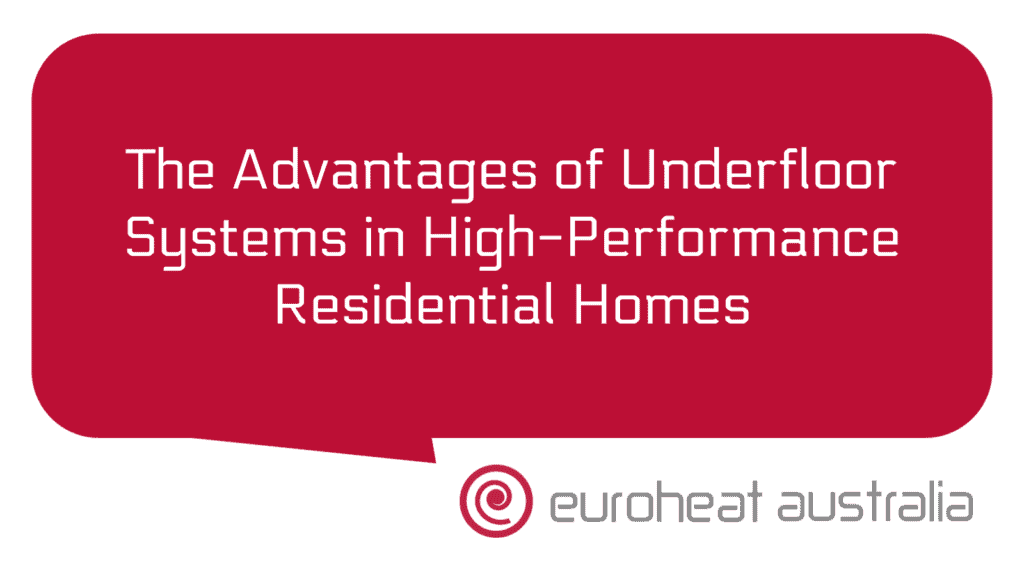When it comes to heating and cooling your home, there are a number of options available, and it can be hard to know which one is right for you. Two of the most popular options are radiators and heating cables. Both have their own advantages and disadvantages, but understanding the differences between them can help you make an informed decision about which one to choose.
Radiators are a popular choice for many homeowners in Australia due to their efficiency, ease of installation and affordability. Radiators work by circulating hot water or steam through heated pipes that are connected to radiators throughout the house. This causes the radiators to heat up, which then emits heat into the surrounding air. The benefits of installing radiator heating include improved temperature control, energy efficiency, improved indoor air quality and cost savings in both energy bills and installation costs.
Heating cables are also a popular option for Australian homeowners, as they offer many of the same benefits as radiators but with additional flexibility in terms of design and installation. Heating cables work by passing electricity along a length of cable that is laid out on the floor or wall within your home. The heat generated from the electricity heats up the surrounding air, providing a reliable source of warmth throughout your home. The benefits of using heating cables include improved temperature control, energy efficiency and flexibility in terms of design and installation options – making them perfect for those who want to create something more customised than traditional radiators offer.
When comparing radiators vs heating cables, it’s important to consider both cost savings and energy efficiency when making your decision. In terms of cost savings, installing radiator heating can be more affordable than heating cable systems in some cases – especially if you opt for Euroheat Australia’s specialist engineering & installation services. Their hydronic heating & cooling systems have been designed with 30 years experience in mind – meaning you can benefit from their expertise when it comes to designing & constructing systems that provide maximum efficiency & cost savings for your home or business project.
In terms of energy efficiency, both radiator & cable systems offer similar levels when installed correctly – although some models may be more efficient than others depending on factors like size & material used in construction. As such it’s important to do your research before making any decisions – taking into account factors like insulation & climate conditions when looking at different models & brands available on the market today.
Ultimately there is no ‘right’ answer when it comes to choosing between radiator vs cable system as each option has its own advantages & disadvantages depending on what you need from your system – but understanding the differences between them should help ensure that you get the best system possible for your home or business project. With Euroheat Australia’s specialist engineering & installation services at hand though – you can be sure that whichever system you opt for will provide maximum efficiency & cost savings!





